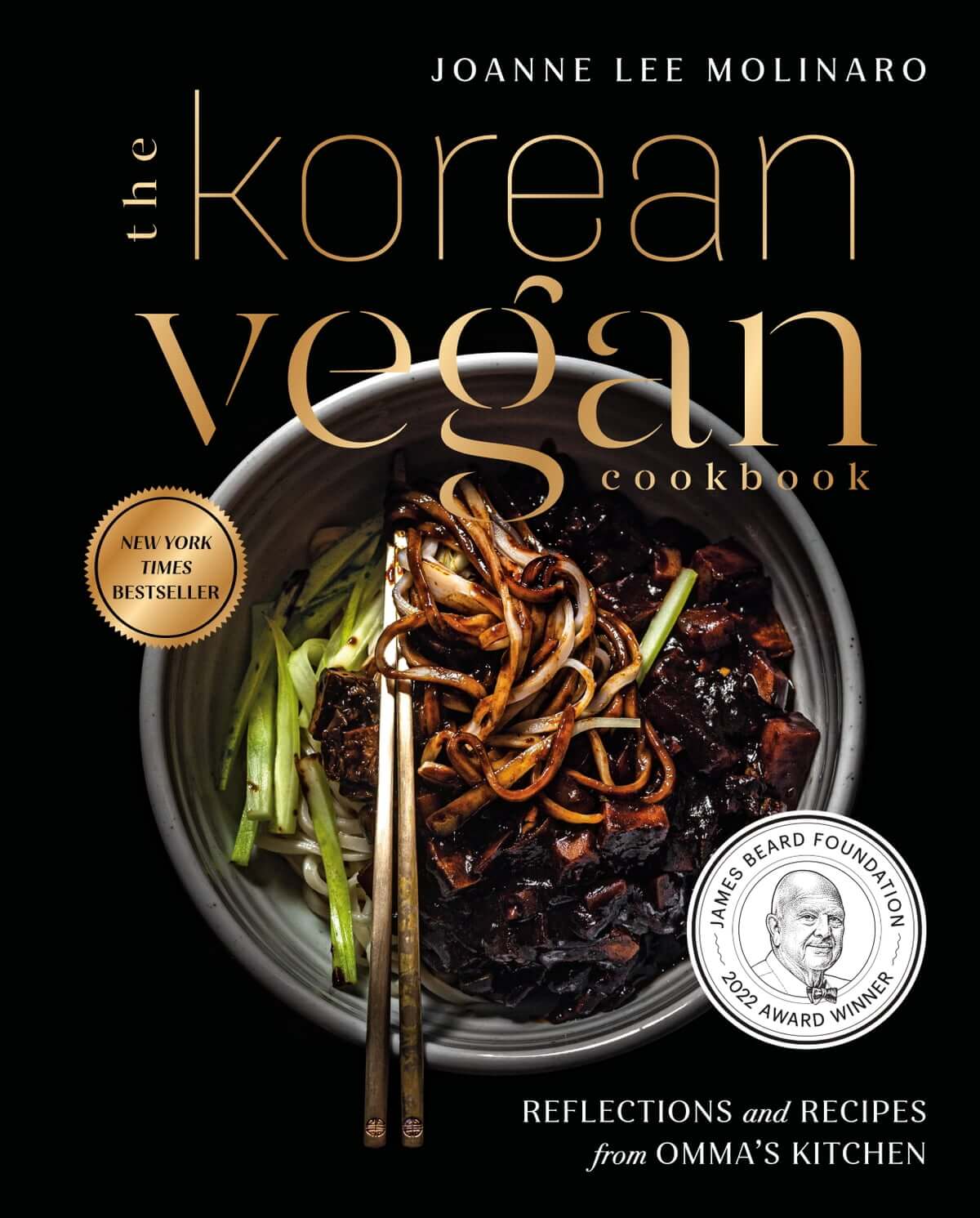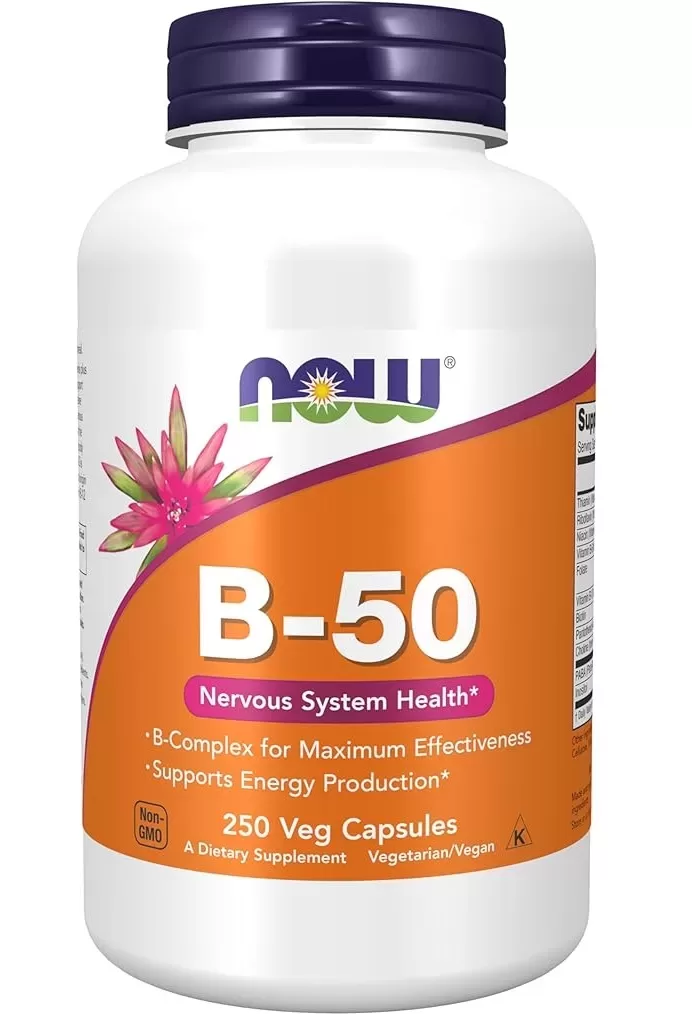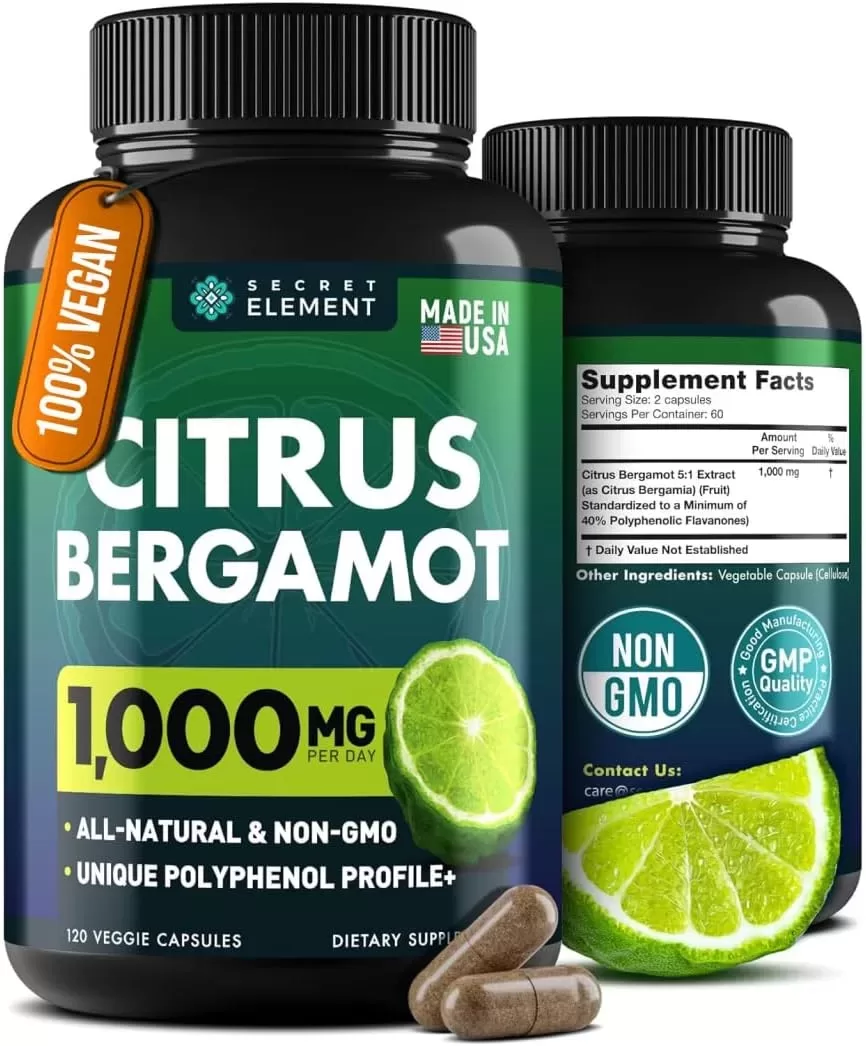Sesame oil is one of the staple oils in Asian cuisine and is also used and well-loved all over the world. Can gluten-sensitive people have the same sentiment?
Sesame oil is generally gluten-free, as are all cooking oils. But it can contain gluten if, during the processing or manufacturing, the seeds or oil have been exposed to gluten. If you want to be extra careful, only buy ones that have a gluten-free or similar label.
Are there brands that are gluten-free, and what about the other types of sesame oil? Scroll down to know the answers!
Is Sesame Oil Generally Gluten Free or Not?
Most oils used for cooking are free from gluten. The only time they contain gluten is if they get exposed to it during the manufacturing process (source: Beyond Celiac).
Most sesame oils you see on the market whether online or at grocery stores don’t have the “gluten-free” label or a similar label indicating that the product contains no gluten. There are some, but a big majority don’t.
This is because manufacturers are not required to add this label to their food products. Those who choose to do so, however, will need to comply with the requirements and regulations set by the FDA.
The labels “gluten-free”, “without gluten”, “free of gluten”, or “no gluten” on a product means that, in this case, the sesame oil contains less than 20 ppm of gluten. A “gluten-free” label is also allowed if:
- The sesame oil doesn’t contain an ingredient that has wheat, barley, rye, or a crossbreed of any of these grains
- The sesame oil doesn’t contain an ingredient that comes from the above grains that have not undergone gluten removal
- The sesame has a component from these grains that have undergone gluten removal but still has more than 20 ppm of gluten
(source: FDA).
Be this as it may, we still advise you to always read the label. What you should look for in the ingredients section are “wheat”, “flour”, “wheat flour”, “wheat starch”, and others on this list because these ingredients very likely have gluten.
Moreover, you also need to look if it mentions that the sesame oil has been produced in a facility that processes wheat. As mentioned above, an oil might naturally have no gluten, but it may still have so through the manufacturing process. If you see this on the label, we also recommend not purchasing it.
Gluten Free Sesame Oil Brands – Or Not
In this section are some of the most common sesame oils available. Keep in mind that sesame oil is generally gluten-free, and manufacturers are not required to put a gluten-free label or similar label on their sesame oil.
Having said this, here are some popular sesame seed oil and what we found through research about their presence or absence of gluten:
Kikkoman
According to their website, their Kikkoman sesame oil is certified gluten-free as well as non-GMO. It also has no preservatives added (source: Kikkoman).
Roland
Roland doesn’t indicate on their website, nor their product label, that its sesame oil is gluten-free.
Dynasty
Dynasty sesame oils also don’t have a label that indicates it is gluten-free on their packaging. But according to Check Food Label, it is (source: Check Food Label).
Kadoya
Kadoya pure sesame oil doesn’t have a gluten-free or similar label on its sesame oil products’ packaging. But according to Instacart where this product is also sold, it is gluten-free (source: Instacart).
Spectrum
Spectrum sesame oil, likewise, doesn’t have a gluten-free label or similar label. However, Green Choice Now lists their Toasted Sesame Oil as gluten-free (source: Green Choice Now).
Imperial Dragon
Imperial Dragon doesn’t indicate the presence or absence of gluten in its sesame seed oil. But Green Choice Now also lists it as gluten-free (source: Green Choice Now).
Blue Dragon
There are two types of Blue Dragon sesame oil we found and both seem to have gluten. Blue Dragon sesame oil sold in the UK appears to contain gluten according to their website (source: Blue Dragon).
On the other hand, Blue Dragon sold in France and the US also indicates to contain gluten according to Reyaco (source: Reyaco).
Chang’s
According to their website, their sesame oil has been tested to not contain gluten. They use remove fermentation to remove gluten from the wheat (source: Changs).
Most of the sesame oil here doesn’t have a gluten-free (GF) label. To be honest, to tell if a product is gluten-free or not is a blurred line. However, if the sesame oil is single-ingredient and a pure one at that, and is not processed in the presence of gluten, then it should be safe.
Other Types of Sesame Oil and Whether they are Gluten Free
Black sesame oil
Like regular sesame oil, black sesame oil is considered gluten-free unless processed in the presence of wheat or gluten. The same goes for toasted sesame oil.
Plain sesame oil is made from cold-pressed sesame seeds while toasted sesame oil is made from toasted sesame seeds (source: Bon Appetit). It won’t contain gluten if the seeds haven’t been exposed to flour, wheat, or gluten when toasted or processed into oil.
When a sesame oil says it’s 100% pure, it means that has that particular oil as its only component. Most cooking oils are gluten-free as discussed above. However, they can contain gluten if exposed to it.
We recommend always reading the label. The first takeaway is the terms wheat, flour, or gluten on the ingredient list. We also recommend reaching manufacturer to make sure.
Sesame oil should be safe for gluten-sensitive individuals if it only contains the oil from sesame, and has not been exposed to gluten or wheat when in production. We hope this article helped answer your inquiries!
Now, let’s delve into another intriguing oil dilemma: does olive oil play nicely with FODMAP diets, similar to its sesame counterpart? We’ve included this topic in our coverage as well, and it’s definitely worth exploring.


![Is Sesame Oil Always Gluten Free? [Brand Guide] A wooden bowl filled with black sesame seeds sits beside a small ceramic spoon also containing seeds, showcasing the essence of gluten-free ingredients. A glass bottle of rich sesame oil is next to the bowl, and a white cloth with a subtle pattern lies in the background on a wooden surface.](https://cuisineseeker.com/wp-content/uploads/2023/02/black_sesame_oil-768x576.jpg)













Comments are closed.